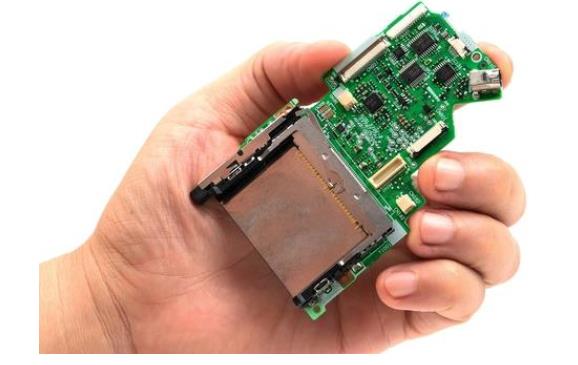PCBA assembly process design requirements
Printed circuit board assembly (PCBA) assembly process design, also known as process path design. The PCBA assembly process design determines the layout (installation) design of the components on the front and back of the PCBA. In IPC-SM-782, the installation design of the components on the front and back of the PCB is called Assembly Type Design, and in the CISCO corporate specification, it is called Product Design. The two are essentially the same., Are based on the process flow, the layout design of the components on the front and back of the board.
In fact, when doing EDA design, the appropriate assembly process is first determined according to the number of components and packaging category, and then the layout design of the components is carried out according to the assembly process requirements. The core is "assembly process design."
We use "Top component category∥Bottom component category" to indicate the installation layout of components. The top surface here corresponds to the Top surface in the EDA design software, which is also the main assembly surface defined by IPC; the bottom surface corresponds to the Bottom surface in the EDA design software, which is also the auxiliary assembly surface defined by IPC.

【Design requirements】
The recommended assembly process mainly includes the following methods.
1. Single-sided wave soldering process
The single-sided wave soldering process is suitable for two types of designs: "Top Surface Inserted Component (THC) Layout" and "Top Surface Inserted Component (THC)∥Bottom Surface Mounted Component (SMD) Layout".
1) Top THC layout
The top surface THC layout is a design where only THC is installed on the top surface of the PCB.
Corresponding process path:
Top surface. Insert THC-wave soldering.
2) THC on the top ∥ SMD layout on the bottom
The top surface THC//bottom surface SMD layout means that THC is installed on the top surface of the PCB, and the bottom surface is designed for wave soldering SMD.
Corresponding process path:
a. Bottom. Red glue - patch - curing;
b. Top surface. Insert THC;
c. The bottom surface. Wave soldering.
2. Single-sided reflow soldering process
The single-sided reflow soldering process is suitable for the "top surface SMD layout, that is, the design where only SMD is installed on the top surface."
Process path:
Top surface. Printing solder paste - mounting SMD - reflow soldering.
3. Reflow soldering on the top surface and full wave soldering process on the bottom surface
Top surface reflow soldering, bottom surface full wave soldering process is suitable for "top surface SMD and THC∥ bottom surface without components or SMD layout, that is, only THC and SMD are installed on the top surface, and the bottom surface has no components or can be wave soldered SMD design.
Process path:
a. Top surface. Printing solder paste - mounting SMD - reflow soldering;
b. Top surface. Insert THC;
c. The bottom surface. Wave soldering.
If wave solderable SMD components are installed on the bottom surface, such as 0603~1206 chip components, SOP with pin center distance ≥1.0mm, etc., the process path is as follows:
a. Top surface. Printing solder paste - mounting SMD - reflow soldering;
b. The bottom surface. Dispensing red glue - mounting SMD - curing;
c. Top surface. Insert THC;
d. The bottom surface. Wave soldering.
SMT manufacturability design
4. Double-sided reflow soldering process
The double-sided reflow soldering process is suitable for layouts where only SMD is installed on the top and bottom surfaces. This type of layout requires that the components on the bottom surface will not fall when soldering the top surface components.
Process path:
a. Bottom. Printing solder paste - mounting SMD - reflow soldering;
b. Top surface. Printing solder paste - mounting SMD - reflow soldering.
5. Bottom reflow soldering and selective wave soldering, top reflow soldering process
Bottom reflow soldering, selective wave soldering, and top reflow soldering process are suitable for "Top SMD∥Bottom SMD and THC layout", which is currently the most common layout. It should be noted that in the assembly process, different selective wave soldering design methods and processes can be selected according to the number of components on the bottom surface. Depending on the process, the spacing and orientation requirements of the components are also different. Please refer to the layout requirements of the board components.
Process path:
a. Bottom. Printing solder paste - mounting SMD - reflow soldering;
b. Top surface. Printing solder paste - mounting SMD - reflow soldering;
c. Top surface. Insert THC;
d. The bottom surface. Reflow soldering.
ipcb is a high-precision, high-quality PCB manufacturer, such as: isola 370hr PCB, high-frequency PCB, high-speed PCB, ic substrate, ic test board, impedance PCB, HDI PCB, Rigid-Flex PCB, buried blind PCB, advanced PCB, microwave PCB, telfon PCB and other ipcb are good at PCB manufacturing.